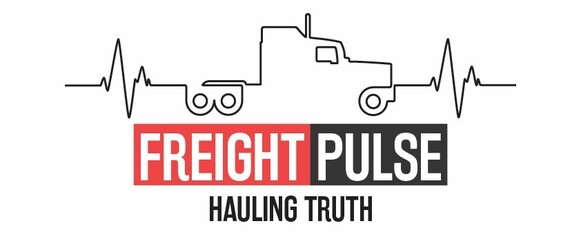Data suggests that between 2015. and 2023. average truck accident settlement amount was $73,109.92
When it comes to the trucking industry, a robust understanding of commercial insurance is vital for the success and longevity of your business. Whether you’re an established small fleet owner or considering opening a trucking company, the right insurance coverage can make a significant difference. In this comprehensive guide, we’ll explore the different types of commercial insurance and provide insights into the Federal Motor Carrier Safety Administration (FMCSA) requirements that transportation companies must adhere to. Let’s delve into the world of commercial insurance and how it affects the trucking industry.
Commercial Insurance: Protecting Your Trucking Company
Running a trucking company involves substantial financial investments and potential risks. As a small fleet owner or someone entering the transportation industry, understanding the nuances of commercial insurance is essential. Commercial insurance is your safety net, protecting your business, assets, and livelihood in case of unforeseen events.

Limits, Deductibles, and More
When setting up your commercial insurance policy, it’s essential to understand the concepts of limits and deductibles. These details can significantly impact the coverage and cost of your policy.
Coverage Limits: The coverage limit is the maximum amount your insurance provider will pay out for a specific type of claim. For example, if your liability insurance has a limit of $1 million, the insurance will cover damages up to that amount. It’s important to assess your business’s needs and the potential risks you face when determining your coverage limits.
Deductibles: The deductible is the amount you agree to pay out of pocket before your insurance coverage kicks in. Higher deductibles often result in lower premiums, but it also means you’ll need to pay more in the event of a claim. Consider your financial capabilities and the potential risks when deciding on a deductible.

Driver Criteria and Insurance
Driver criteria play a significant role in your insurance rates and coverage. Insurance companies assess driver records (MVR) and experience. Ensuring that your drivers meet specific criteria can positively impact your insurance rates.
Insurance brokers will usually have a set of rules for what violations or combination of violations are making a certain driver eligible or excluded from policy. Observation periods are in most cases in last 24-36 months.

Insurance Claims and Protective Measures
Insurance claims are a critical part of the insurance process, and how you handle them can significantly impact your business. Here are some steps and protective measures trucking companies should consider:
Documenting Accidents: Encourage your drivers to take clear and comprehensive photographs in the event of an accident. Drivers need to make sure to take all the relevant scenes on photos, license plates, signs on truck, every corner of their truck and every other vehicle involved in loss even not damaged parts. Visual evidence can be crucial in the claims process.
Dashcams: Many trucking companies are equipping their fleets with dashcams. These cameras not only provide valuable insights into accidents but can also serve as a deterrent to reckless driving and fraudulent claims.

Loss Run: The Key to Your Premiums
One term that often comes up in the world of insurance is “Loss Run”. This is essentially a report that tracks the claims (their amount) made under your insurance policy over a specific period. Insurance companies use loss run reports to assess risk and determine your premiums.
Keeping your loss run as low as possible is crucial to maintaining affordable insurance rates.
It’s a reflection of your safety record and the overall health of your business. Consistently high loss run reports can lead to increased premiums, making it essential to prioritize safety and risk management within your company.
FMCSA Requirements
The FMCSA, a federal agency that regulates and ensures the safety and reliability of commercial motor carriers in the United States, sets specific requirements for insurance coverage in the transportation industry. These requirements are in place to safeguard the interests of both the trucking companies and the general public.
Minimum Coverage:
- Liability Insurance: The primary focus of the FMCSA requirements is liability insurance, which is crucial and mandatory for all trucking companies. This insurance provides coverage for bodily injury and property damage caused by your trucks while on the road. For property-carrying vehicles, the minimum required coverage is $750,000, while for passenger-carrying vehicles, it’s $5,000,000.
The price of this policy will will depend on the age of the company, fleet size, “loss run” in previous years, what company performs in Safety Measurement System (SMS) in FMCSA portal and also what kind of specific coverage and limits will be having on a policy. - Cargo Insurance: Cargo insurance is another critical component, especially if your trucks transport valuable goods. This insurance safeguards the cargo your company hauls, providing coverage for any damage or loss. The minimum required coverage varies based on the type of cargo you transport.
Risk factors are: commodity covered, type of load hauled(dry, hazmat, refrigerated, etc.), theft, coverage limit and performance in previous years especially loss run of this policy. - Physical Damage Insurance: Also known as collision and comprehensive coverage, safeguards your vehicles.This insurance covers the repair or replacement of your own trucks and equipment in case of accidents, theft, or other unforeseen events.
While the FMCSA doesn’t specify a minimum coverage amount for physical damage insurance, it’s a wise investment to protect your valuable assets. .
Usually how insurance brokers will price this kind of policy is by the value of your insured equipment.

